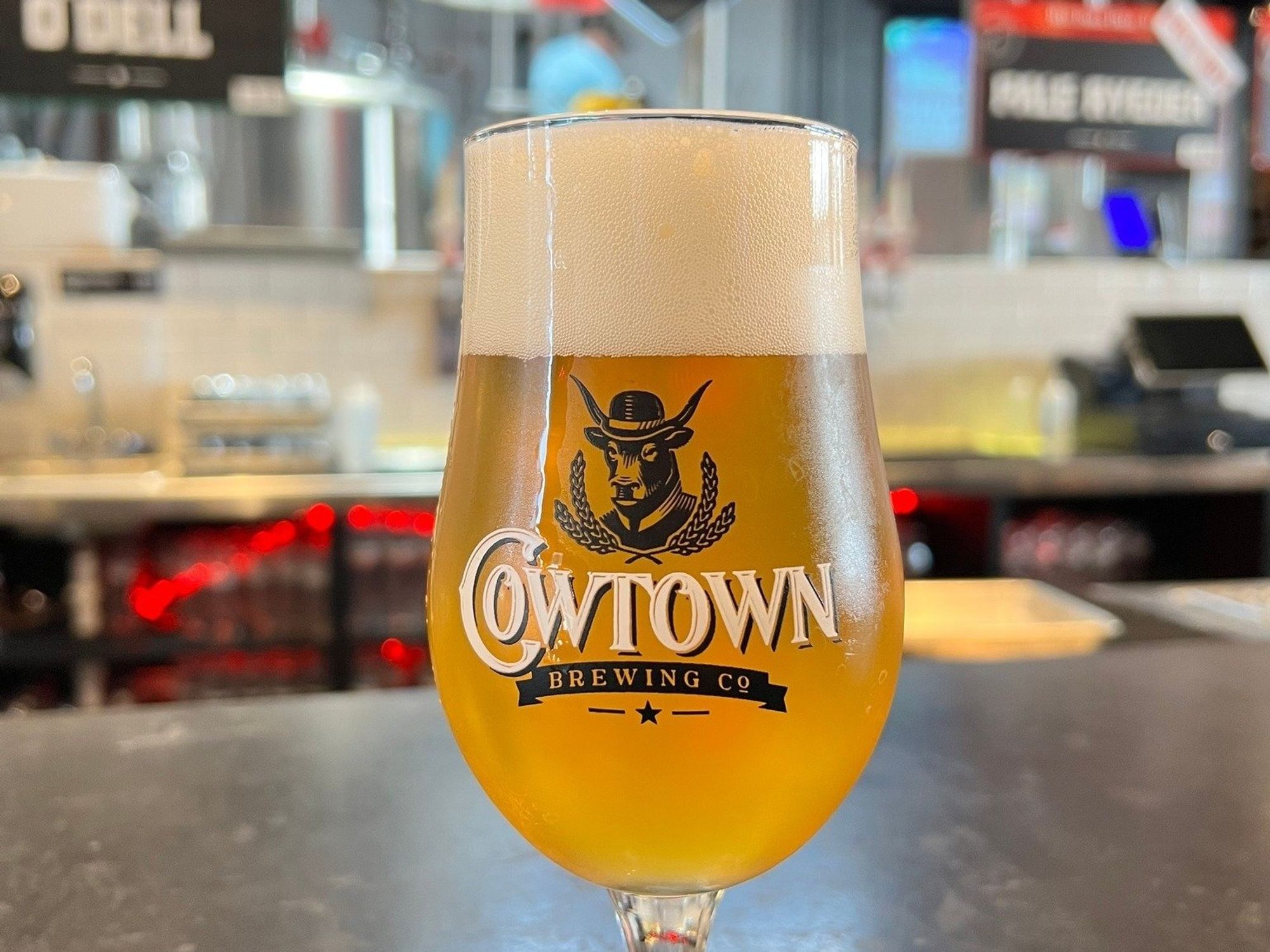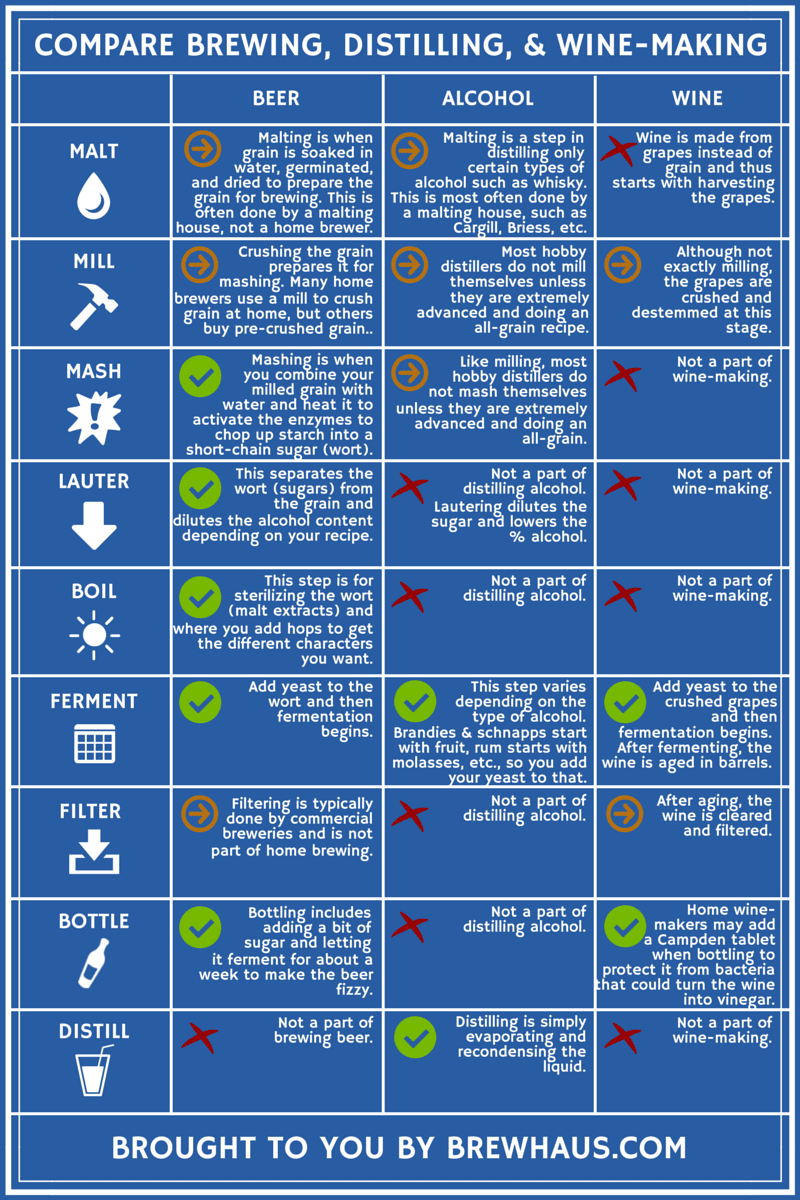Galveston Liquor Stores: Discover Your Favorite Moods and A Lot More
Galveston Liquor Stores: Discover Your Favorite Moods and A Lot More
Blog Article
Distillery Dynamics Revealed: a Trip With the Scientific Research and Art of Spirits Manufacturing
As the curtains are drawn back on the intricate world of distillery dynamics, a remarkable realm emerges where scientific research and art assemble to produce the spirits we savor. The marital relationship of tradition and technology in spirits production reveals a tapestry woven with strings of workmanship and technological improvements.
The Chemistry of Purification
The chemistry of distillation, an essential procedure in the production of spirits, involves the splitting up of components based on their various boiling factors. This distilled fluid, known as the "heart cut," consists of the desired alcohol material and flavor compounds.
During distillation, three major fractions are obtained: the "heads," which consist of unstable compounds and greater alcohols that can be hazardous if eaten in big quantities; the "hearts," the treasured part with the desired ethanol and taste profile; and the "tails," which include much heavier substances and fusel alcohols. Experienced distillers should carefully monitor the temperature level and circulation prices to separate these fractions successfully, ensuring a high-quality end product. The chemistry of distillation is a fragile interplay of warmth, vaporization, and condensation that changes an easy fluid mix right into a complex and fine-tuned spirit.
Artisanal Craftsmanship in Spirits Making
In the middle of the globe of spirits production, artisanal craftsmanship plays a crucial function in raising the quality and character of distilled beverages (Seawall Bar). Artisanal craft distillers concentrate on small, hands-on manufacturing methods, commonly making use of standard strategies that have actually been given through generations. These specialized craftsmen and females prioritize top quality over quantity, paying thorough attention to every action of the distillation procedure
Artisanal craftsmanship in spirits making entails a deep understanding of the raw products used, such as fruits, grains, or botanicals, and how their attributes affect the end product. From choosing the finest ingredients to meticulously checking aging, fermentation, and purification, craftsmens infuse their spirits with passion and knowledge.
In addition, artisanal craft distillers frequently accept testing and technology, pushing the limits of typical spirits manufacturing. They may present special flavor accounts by incorporating locally sourced active ingredients or utilizing creative aging strategies. This commitment to creativity and excellence cause spirits that are not only of extraordinary high quality yet also display the artistry and individuality of the distiller.
Advancements in Aging Methods

One famous advancement acquiring grip is making use of smaller barrels for maturing spirits. By enhancing the surface area area-to-volume proportion, smaller sized barrels give tastes much more quickly, resulting in an extra intense maturation process. This strategy is particularly preferred among craft distillers seeking to Find Out More create top notch spirits in a shorter timeframe.
Furthermore, distillers are progressively turning to alternate wood types, such as cherry or acacia, to impart distinctive flavors to their aged spirits. These non-traditional woods provide a special taste profile, setting their products apart in an open market.
Additionally, improvements in technology have made it possible for distillers to explore sped up maturing methods, such as ultrasound or temperature level and stress variations. These strategies enable precise control over the aging procedure, causing cutting-edge taste profiles that press the limits of traditional spirits manufacturing.

The Function of Yeast in Fermentation
A crucial element of the fermentation process in distilling is the function played by yeast. Yeast, a single-celled microorganism, is critical in converting sugars right into alcohol and carbon dioxide throughout fermentation. In the context of distilling spirits, yeast plays an essential role in the manufacturing of ethanol, which is the main alcohol in a lot of liquors.
Yeast achieves this with the process of anaerobic respiration, where it metabolizes sugars such as glucose and fructose right into ethanol and co2. Various pressures of yeast can give distinct tastes and aromas to the last spirit, adding to the complexity and personality of the distilled i loved this product. Distillers very carefully choose yeast strains based upon their desired flavor account and fermentation characteristics.
The fermentation procedure can last anywhere from a couple of days to a few weeks, depending on aspects such as yeast pressure, temperature, and sugar content. Surveillance and regulating the fermentation process are important to make sure optimal yeast activity and alcohol manufacturing. Generally, yeast is a fundamental gamer in the alchemical change of raw active ingredients into the perky potions taken pleasure in by customers worldwide.
Lasting Practices in Distilleries
In the contemporary distilling market, carrying out lasting techniques has actually become a pushing top priority for distilleries looking for to lower their ecological influence and make certain lasting stability. Distilleries are significantly identifying the relevance of taking on environmentally friendly procedures throughout the manufacturing procedure. One vital facet of sustainability in distilleries is water preservation. Distilleries call for significant amounts of water for various phases of production, and applying water recycling systems or utilizing rainwater harvesting methods can dramatically decrease water usage and lessen the distillery's total environmental impact.
In addition, lasting power resources are gaining traction in the distilling world. Many distilleries are purchasing sustainable power innovations such as solar panels or biomass central heating boilers to reduce dependence on non-renewable energy resources and reduced greenhouse gas discharges. Additionally, waste monitoring techniques play an important function in sustainable distillery operations. Distilleries are exploring innovative means to repurpose by-products such as spent grains or purification residues, turning waste right into sources via techniques like animal feed production or composting. By accepting sustainable techniques, distilleries can not only minimize their environmental effect but additionally attract eco aware customers and add to a more lasting future for the industry.
Conclusion
To conclude, the complex dynamics of distillery procedures entail a combination of scientific principles and creative craftsmanship. From go to my blog the chemistry of distillation to the function of yeast in fermentation, distilleries are frequently introducing and experimenting to produce top quality spirits. By including sustainable methods and welcoming new aging methods, distilleries are forming the future of the market. The combination of custom and innovation in spirits production highlights the intricacy and imagination associated with this old craft.
As the curtains are attracted back on the complex globe of distillery dynamics, a remarkable world emerges where scientific research and art merge to produce the spirits we enjoy.The chemistry of distillation, a fundamental process in the manufacturing of spirits, involves the separation of components based on their various boiling factors.In addition, artisanal craft distillers often accept experimentation and technology, pressing the limits of conventional spirits manufacturing. In the context of distilling spirits, yeast plays an essential role in the manufacturing of ethanol, which is the primary alcohol in the majority of alcoholic drinks.
From the chemistry of distillation to the duty of yeast in fermentation, distilleries are continuously innovating and exploring to develop top notch spirits.
Report this page